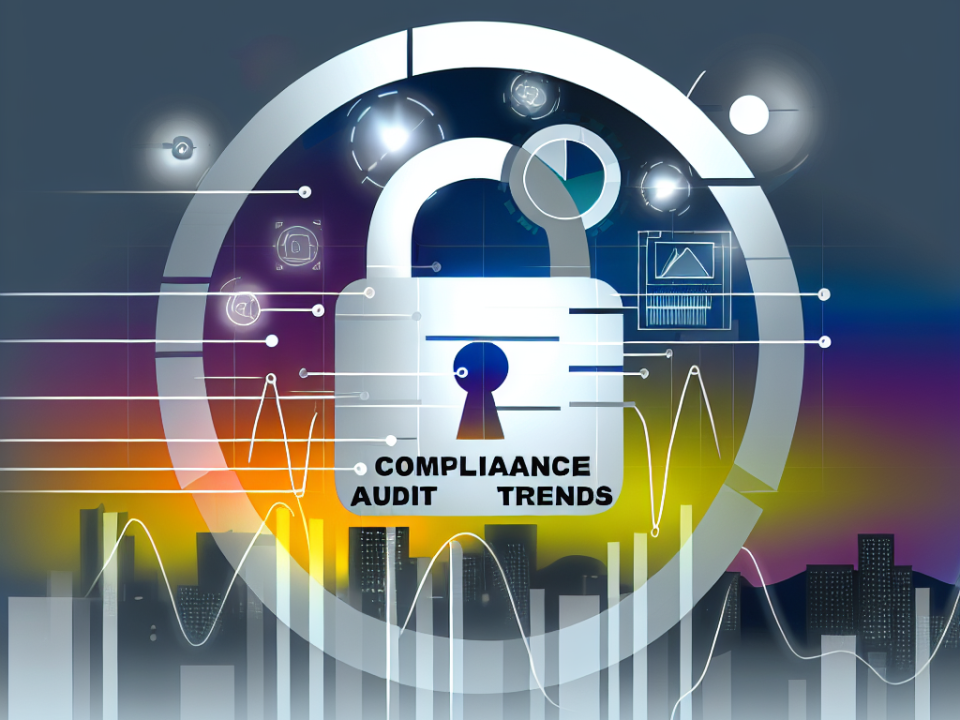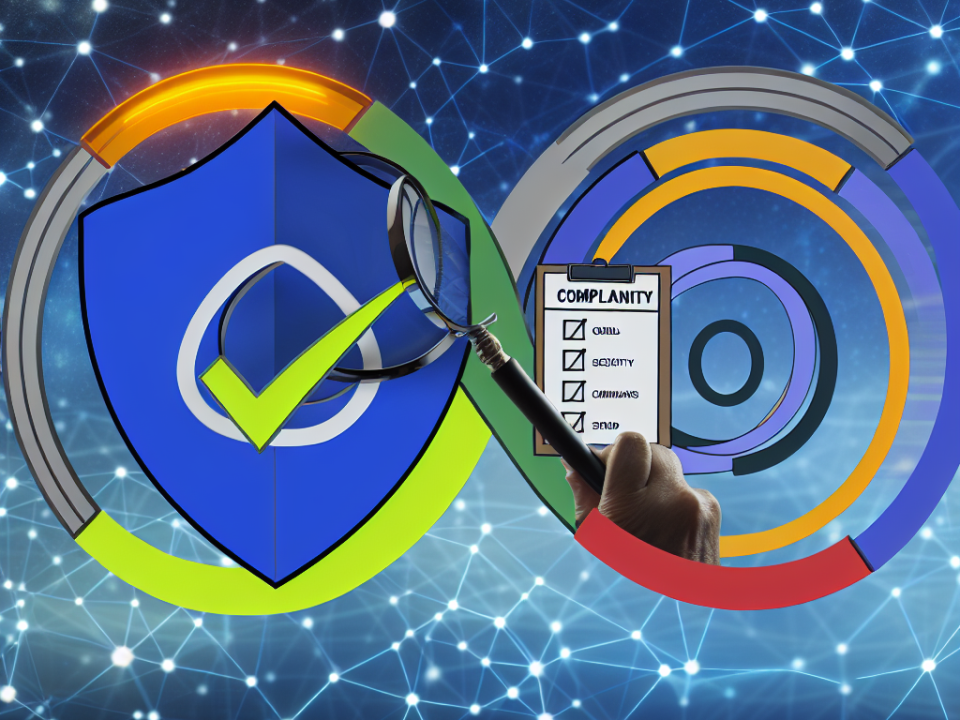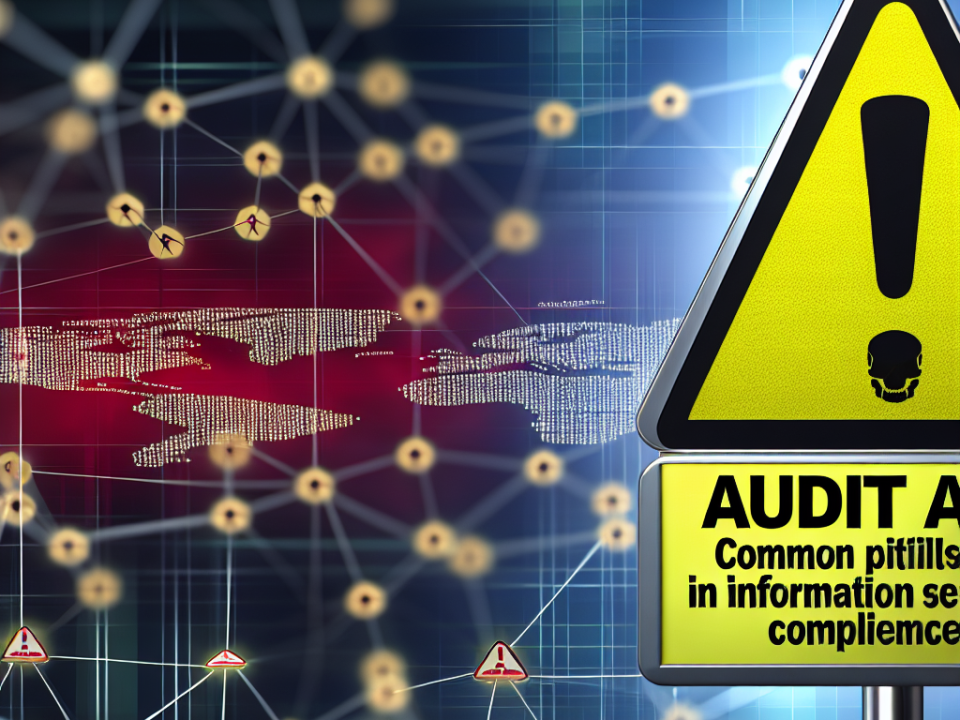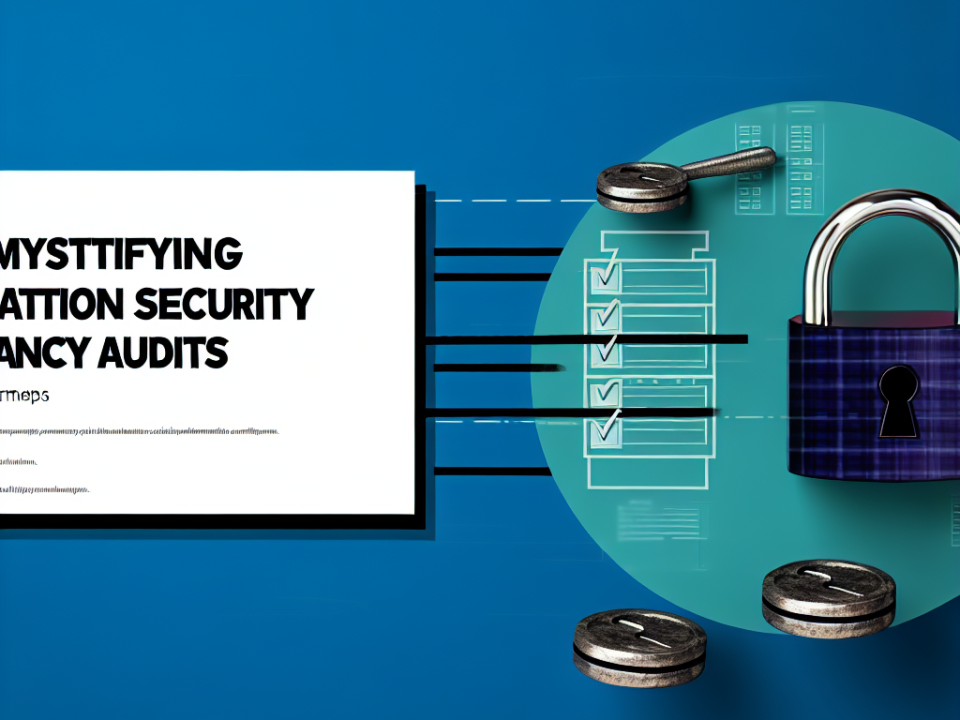
Choosing the Right SIEM Solution: What You Need to Know
June 27, 2025
Beyond Compliance: The Strategic Advantages of Implementing SIEM
June 28, 2025
In today’s rapidly evolving digital landscape, organizations face unprecedented challenges that demand robust security protocols. One of the most critical aspects of cyber defense is the intersection of identity management and security compliance. As cyber threats become more sophisticated, the integration of these two domains is imperative for mitigating risk and ensuring the integrity of sensitive data.
Understanding Identity Management
Identity management refers to the processes and technologies that organizations use to manage digital identities. This includes user authentication, access control, and the provisioning of user accounts. Effective identity management enables organizations to ensure the right individuals have access to the resources they need while preventing unauthorized access.
Key components of identity management include:
- User Provisioning and De-provisioning: Automating the onboarding and offboarding of users to ensure access rights are always current.
- Authentication Mechanisms: Employing methods such as multi-factor authentication (MFA) to enhance security during user login processes.
- Access Control Policies: Establishing role-based access controls (RBAC) to define who can access specific data and resources.
- Audit and Monitoring: Continuously tracking access patterns to identify any unusual or unauthorized behavior.
The Role of Security Compliance
Security compliance encompasses the adherence to industry regulations, standards, and legal requirements that organizations must follow to protect sensitive data. Compliance frameworks like GDPR, HIPAA, and PCI DSS outline specific mandates for data protection, privacy, and user consent. Non-compliance can lead to significant financial penalties, legal ramifications, and reputational damage.
Key Compliance Frameworks:
- General Data Protection Regulation (GDPR): A European Union regulation that mandates strict data handling and privacy requirements for organizations dealing with EU citizens.
- Health Insurance Portability and Accountability Act (HIPAA): A U.S. law that sets national standards for protecting sensitive patient health information.
- Payment Card Industry Data Security Standard (PCI DSS): A standard that mandates security measures for organizations that handle credit card information.
The Intersection: Managing Risks Effectively
The convergence of identity management and security compliance is crucial for several reasons:
1. Enhanced Security Posture
By implementing effective identity management practices, organizations can significantly reduce risks related to unauthorized access and insider threats. For example, automating user provisioning ensures that former employees are promptly removed from systems, thereby minimizing the risk of data breaches.
2. Streamlined Compliance Efforts
Integrating identity management with compliance initiatives allows organizations to demonstrate adherence to regulations more easily. Automated reporting tools can help track user access and generate audits, simplifying the compliance process.
3. Data Protection and Privacy
Compliance frameworks often emphasize data protection. An identity management system equipped with strong authentication and access control mechanisms helps secure sensitive data, ensuring that compliance requirements are met.
4. Risk Assessment and Mitigation
By continuously monitoring user access and activities, organizations can identify and mitigate risks before they become serious issues. Anomalies in access patterns may indicate potential breaches, allowing for timely intervention.
5. Cultural Shift Towards Security Awareness
A united approach between identity management and security compliance fosters a culture of security awareness within organizations. Employees become more vigilant regarding data protection and compliance efforts, reducing human error that can lead to breaches.
Best Practices for Integration
To effectively integrate identity management and security compliance, organizations should consider the following best practices:
- Adopt a Zero Trust Model: Treat every access attempt as a potential threat, regardless of location.
- Regularly Review Access Permissions: Conduct periodic audits of user access rights to ensure they align with current roles.
- Implement Role-Based Access Control: Align access with specific job functions to minimize unnecessary permissions.
- Educate Employees: Provide continuous training on data protection practices, compliance requirements, and the importance of identity security.
- Stay Updated on Regulations: Keep abreast of evolving compliance standards to promptly adjust policies and procedures.
Conclusion
As cyber threats and regulatory landscapes continue to evolve, the integration of identity management and security compliance is essential for organizations seeking to mitigate risks effectively. By establishing a strong intersection between these two domains, businesses can not only protect sensitive data but also foster trust among their stakeholders. Organizations must prioritize this convergence to navigate the complexities of modern security challenges and ensure long-term sustainability.







